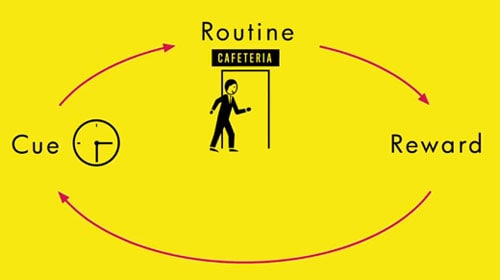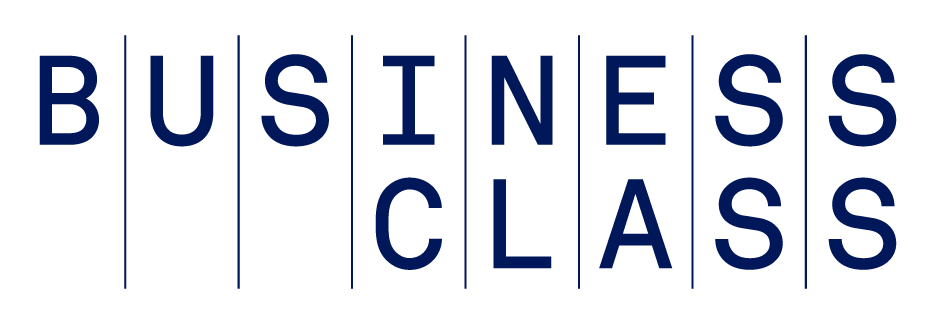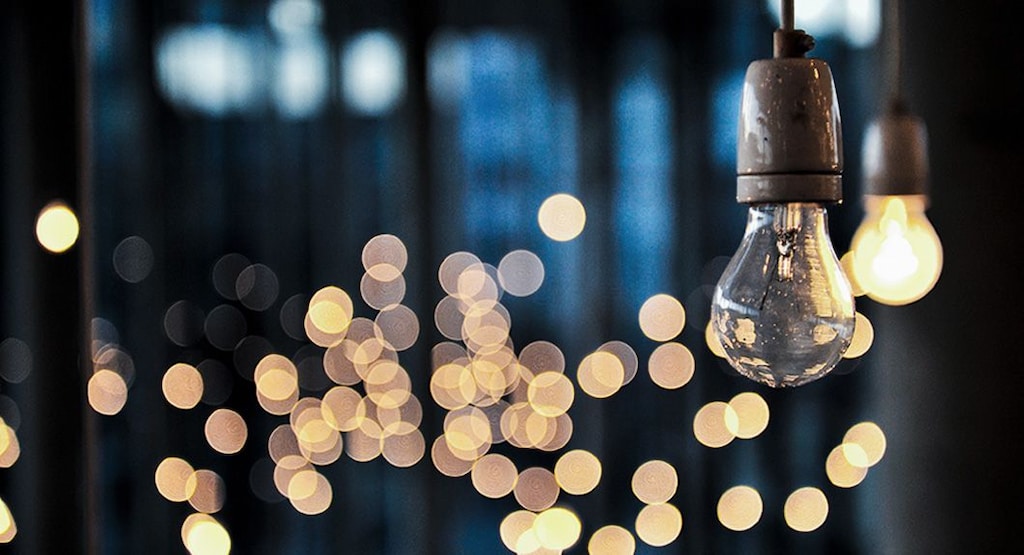How Habits Get Formed
When we first engage in a new task, our brains are working hard—processing tons of new information as we find our way. But, as soon as we understand how a task works, the behavior starts becoming automatic and the mental activity required to do the task decreases dramatically.
Think about how much brainpower and concentration you had to use the first time you parallel parked or even the first time you tied your shoelaces. Then compare that to the amount of mental effort you exert doing those activities now.
Duhigg writes, "This process—in which the brain converts a sequence of actions into an automatic routine—is known as "chunking," and it's at the root of how habits form. There are dozens—if not hundreds—of behavioral chunks that we rely on every day."
How Habit Loops Work
Habits consist of a simple, but extremely powerful, three-step loop. Here's Duhigg:
First, there is a cue, a trigger that tells your brain to go into automatic mode and which habit to use. Then there is the routine, which can be physical or mental or emotional. Finally, there is a reward, which helps your brain figure out if this particular loop is worth remembering for the future. Over time, this loop… becomes more and more automatic. The cue and reward become intertwined until a powerful sense of anticipation and craving emerges.
How to Change a Habit
The first rule of habit-changing is that you have to play by the rules. That is, there's no escaping the three-step loop (e.g. cue, routine, reward) because it's hard-wired into our brains.

If you want to get rid of a bad habit, you have to find out how to implement a healthier routine to yield the same reward. Let's say you like to go out with your coworkers at the end of a long day and have a few drinks. In this situation, there are actually two rewards: (1) the socializing that inevitably occurs, and (2) the relaxing effects of the alcohol on your nervous system.
Both of those rewards are valid and necessary. If you remove drinking from your life, but replace it with nothing else, you'll likely be unhappy. The trick is to keep the cue (e.g. tired after a long day) and the rewards (e.g. social time, relaxation) while changing the routine (e.g. drinking).
An alternative routine could be to convince a co-worker or friend to start exercising with you after work—running, yoga, rock climbing, or whatever works for you. Then you have a healthy routine (exercise) that replaces the negative routine (drinking) while yielding the same rewards (social time, relaxation).
In short, if you want to get rid of a bad habit, you have to find out how to implement a healthier routine to yield the same reward.
***
For a more in-depth look at how habits underpin the success of individuals from Michael Phelps to Martin Luther King and companies like Target and P&G, check outThe Power of Habit. Being aware of how our habits work is the first step.
Read 99u.com for more insights to help your business.
Jocelyn K. Glei is the Director and Editor-in-Chief of 99U. You can follow her intermittent tweets @jkglei.
Detail of cover illustration for "The Power of Habit" by Charles Duhigg.



